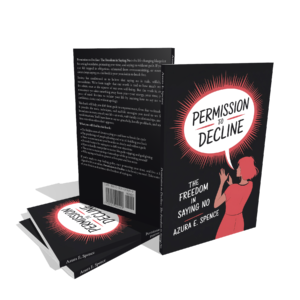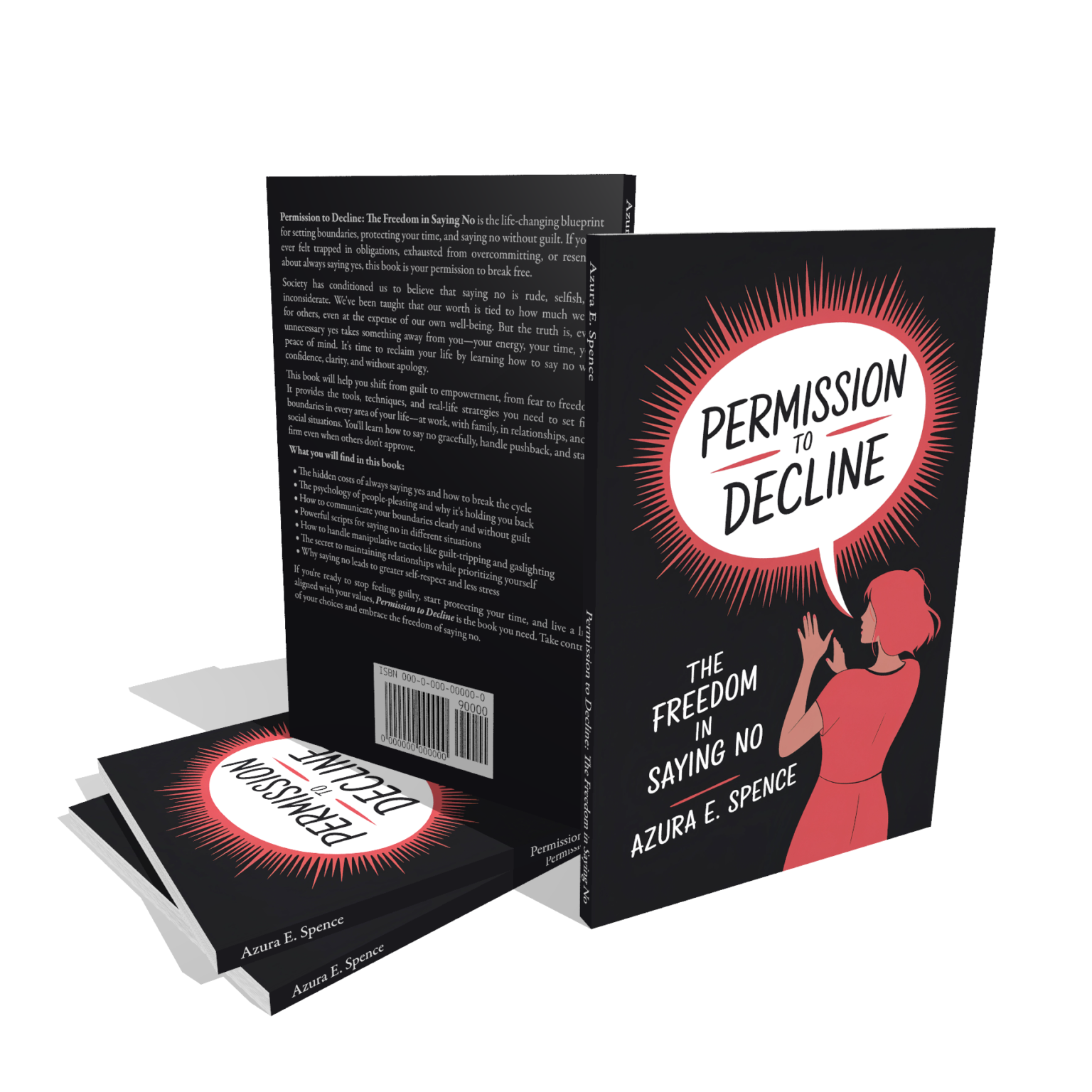Permission to Decline Book Review – Complete Guide to Setting Boundaries and Saying No Without Guilt

Learning how to say no without guilt starts with understanding that your time and energy are precious resources that deserve protection. Many people struggle with setting boundaries because they fear disappointing others, damaging relationships, or appearing selfish. “Permission to Decline: The Freedom in Saying No” addresses these common concerns while providing practical strategies for overcoming people-pleasing tendencies. This comprehensive guide teaches readers how to reclaim their time, establish healthy boundaries, and communicate their limits confidently. Unlike other self-help books that focus on abstract concepts, this ebook offers actionable scripts and real-world techniques for saying no in various situations.
The book serves as a transformational roadmap for anyone tired of feeling overwhelmed by constant requests and obligations. By mastering the art of saying no, readers learn to prioritize their well-being without sacrificing important relationships. The author expertly guides readers through the psychology of people-pleasing while providing empowerment techniques that build lasting confidence and self-respect.
What You’ll Discover
- Master Guilt-Free Communication: Learn powerful scripts and phrases to decline requests confidently while maintaining respectful relationships and protecting your emotional well-being
- Overcome People-Pleasing Psychology: Discover the root causes of your need to please others and develop strategies to break free from these limiting patterns permanently
- Establish Unshakeable Boundaries: Create clear personal limits that protect your time, energy, and mental health while fostering healthier relationship dynamics
- Build Authentic Self-Respect: Transform your relationship with yourself by learning that your worth isn’t determined by how much you do for others
- Navigate Difficult Conversations: Handle guilt-tripping, manipulation, and pushback from others when you start asserting your boundaries with confidence
- Reclaim Your Life Balance: Reduce stress and overwhelm by learning when and how to say no to commitments that drain your energy and compromise your priorities
Why This Book Matters
Setting boundaries isn’t selfish—it’s essential for maintaining your mental health and creating authentic relationships. This book provides the missing piece many people need to stop overcommitting and start living according to their values. The practical approach focuses on real-world application rather than theoretical concepts, making it immediately useful for readers facing daily pressure to say yes. Expert insights into people-pleasing behavior help readers understand why they struggle with boundary setting and provide clear pathways to change.
The transformation begins immediately as readers apply the book’s proven strategies to their daily interactions. Whether dealing with family demands, workplace pressure, or social obligations, the techniques taught here create lasting change. The author’s compassionate yet firm approach acknowledges the difficulty of changing ingrained patterns while providing the tools necessary for success.
Key Features
This comprehensive ebook spans multiple chapters covering self-worth exploration, boundary setting techniques, guilt management strategies, and empowerment methods. Available as an instant digital download, you’ll receive immediate access to practical scripts, communication templates, and step-by-step guides for various scenarios. The format allows for easy reading on any device, with printable exercises for hands-on practice. Also available as audiobook on Google Play Books and Spotify for convenient listening during commutes or workouts.
Frequently Asked Questions
How can I start saying no without feeling guilty about disappointing others?
The book teaches that guilt around saying no is often misplaced and learned rather than justified. You’ll discover that protecting your time and energy actually improves your relationships by preventing resentment and burnout. The key is understanding that your worth isn’t tied to constant availability for others’ needs.
Will setting boundaries damage my important relationships and social connections?
Healthy boundaries actually strengthen relationships by creating mutual respect and preventing overcommitment resentment. The book provides communication strategies that help you say no while maintaining warmth and connection. People who truly care about you will respect your limits and appreciate your honesty.
What if people get angry or pushy when I start saying no more often?
The book specifically addresses handling pushback and manipulation tactics like guilt-tripping. You’ll learn to recognize these behaviors and respond confidently without backing down. Some initial resistance is normal when you change established patterns, but consistency pays off.
Get Your Copy Today
Transform your approach to boundary setting with this comprehensive guide to saying no without guilt. Available for instant download at just $6.99, this ebook provides exceptional value compared to expensive therapy sessions or boundary-setting workshops. Also available as audiobook on Google Play Books and Spotify for convenient learning during daily activities. Purchase your copy through all major ebook retailers including Apple Books, Barnes & Noble, and Kobo to begin reclaiming your time and energy today.
Watch the Video Review

